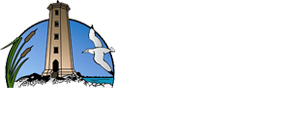The Friends of Presqu'ile Park
The Friends of Presqu'ile Park is a non-profit, volunteer organization supporting vital renewal, research, ecology, community engagement and education programs in Presqu’ile Park -- one of Ontario’s natural treasures.
The Friends fundraising efforts also support Presqu’ile Provincial Park services, staffing, and interpretive programs.
According to Ontario Parks, the Friends have contributed over $5 million in funds and volunteer hours since 1988...
The Friends of Presqu'ile Park respectfully acknowledge that Presqu'ile Provincial Park is located on the Mississauga Anishnabeg Territory and is the traditional territory of the Mississauga.
We also acknowledge that the Mississauga Nation are the collective stewards and caretakers of these lands and waters in perpetuity and that they continue to maintain this responsibility to ensure their health and integrity for generations to come.


.jpg)
)-(1).jpg)
-(1).jpg)